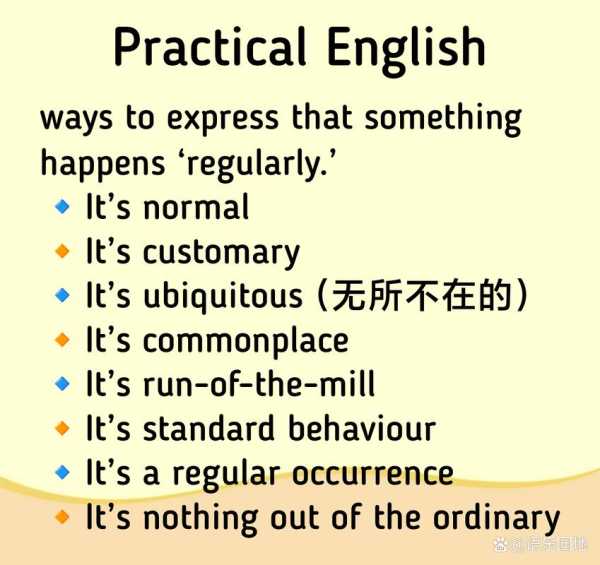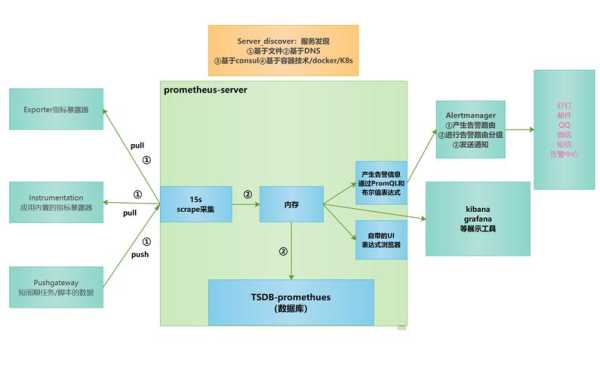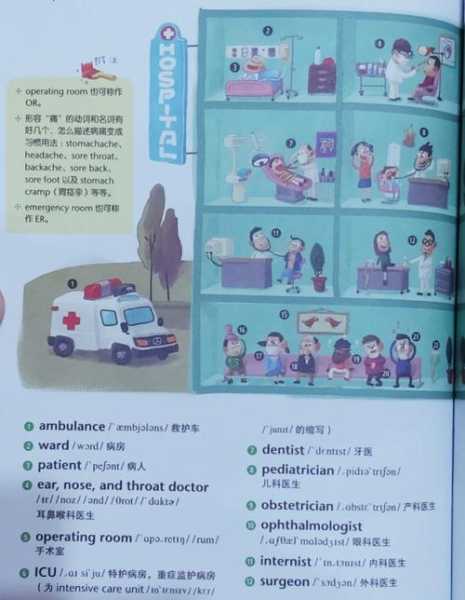This guide provides a comprehensive overview on drafting a personal power of attorney in English. It covers essential steps, legal considerations, and tips for creating a valid document that ensures someone can make financial and legal decisions on your behalf when you are unable to do so.
Introduction:

In many legal and business transactions, individuals may find themselves in a position where they need to delegate certain responsibilities or decisions to another person on their behalf. This is where a personal power of attorney comes into play. A personal power of attorney is a legal document that grants another individual the authority to act on your behalf in various matters. Whether it's managing your financial affairs, making medical decisions, or handling legal matters, a personal power of attorney can provide you with peace of mind knowing that your interests are being taken care of even when you are unable to do so yourself. In this article, we will guide you through the process of drafting a personal power of attorney in English, ensuring that your document is legally sound and meets your specific needs.
Understanding the Basics:
Before diving into the specifics of drafting a personal power of attorney, it's essential to understand the basics. A personal power of attorney is typically categorized into two types:
1、Durable Power of Attorney: This type of power of attorney remains effective even if the principal (the person granting the authority) becomes incapacitated. It is often used for long-term or permanent delegation of authority.
2、Springing Power of Attorney: This type of power of attorney becomes effective only when the principal becomes incapacitated or unable to manage their own affairs. It is usually triggered by a specific event or condition.
Identifying the Principal and Agent:
The first step in drafting a personal power of attorney is to clearly identify the principal and the agent. The principal is the person granting the authority, while the agent is the person to whom the authority is granted. Ensure that both parties provide full legal names and contact information.
Scope of Authority:
Next, you need to define the scope of authority that the agent will have. This includes specifying the types of decisions or actions the agent can take on behalf of the principal. Some common authorities include:
- Managing financial affairs, such as paying bills, depositing checks, and investing funds.
- Making healthcare decisions, including selecting medical providers, authorizing treatments, and managing insurance claims.
- Handling legal matters, such as executing contracts, signing documents, and appearing in court.
It's crucial to be as specific as possible when outlining the scope of authority to avoid any misunderstandings or legal challenges later on.
Drafting the Document:
When drafting the personal power of attorney, consider the following elements:
1、Title: Clearly state that the document is a Personal Power of Attorney.
2、Introduction: Begin by stating the principal's full legal name and address. Then, identify the agent by their full legal name and address.
3、Grant of Authority: Specify the type of power of attorney (durable or springing) and the scope of authority granted to the agent. Use clear and concise language to ensure that the agent understands their responsibilities.
4、Duration: Indicate the duration of the power of attorney. If it is a durable power of attorney, state whether it is effective immediately or upon the principal's incapacity.
5、Conditions: If there are any conditions or restrictions that must be met before the agent can exercise their authority, clearly state them in the document.
6、Termination: Define the circumstances under which the power of attorney will terminate, such as the principal's death, revocation, or expiration.
7、Signatures: Both the principal and the agent must sign the document in the presence of a witness or notary public, depending on the requirements of your jurisdiction.
8、Witnesses and Notary Public: If required by law, include a section for the witness or notary public to sign and date the document.
Finalizing the Document:
Once the personal power of attorney has been drafted, it is crucial to review it carefully. Ensure that all necessary information is included and that the language is clear and understandable. If you are unsure about any aspect of the document, consult with a legal professional.
Conclusion:
Drafting a personal power of attorney in English can be a complex task, but with the right guidance, you can create a legally sound document that meets your specific needs. By understanding the basics, identifying the principal and agent, defining the scope of authority, and following the necessary steps to finalize the document, you can ensure that your interests are protected and your affairs are managed effectively even when you are unable to do so yourself. Remember to review the document carefully and seek legal advice if needed to avoid any potential legal issues in the future.
相关阅读:
1、Ultimate Guide to English Power of Attorney Templates: Professional Tips and Real-Life Examples
2、Comprehensive Guide to English Power of Attorney Format: Structure, Content, and Key Points
3、Essential Steps for Crafting a Perfect Formal Power of Attorney Letter in English
4、Mastering the Art: A Step-by-Step Guide to Crafting a Power of Attorney Letter in English
5、Standard English Power of Attorney Template for Seamless Transaction Authorization
Mastering Personal Power of Attorney Documents: Understanding, Drafting, and Key Points to Consider
Step-by-Step Guide to Crafting Your Personal Power of Attorney Document in English
Step-by-Step Guide to Crafting a Personal English Power of Attorney Document
Step-by-Step Guide to Crafting Your Personal Power of Attorney Document in English
Step-by-Step Guide to Crafting Your Personal Power of Attorney Document in English
Step-by-Step Guide to Crafting Your Personal Power of Attorney Document in English
Step-by-Step Guide to Crafting a Personal Power of Attorney Document in English
Creating Effective Power of Attorney Documents: A Sample English Personal Power of Attorney
Step-by-Step Guide to Crafting a Personal Power of Attorney Document
Step-by-Step Guide to Crafting Your Personal Power of Attorney Document











